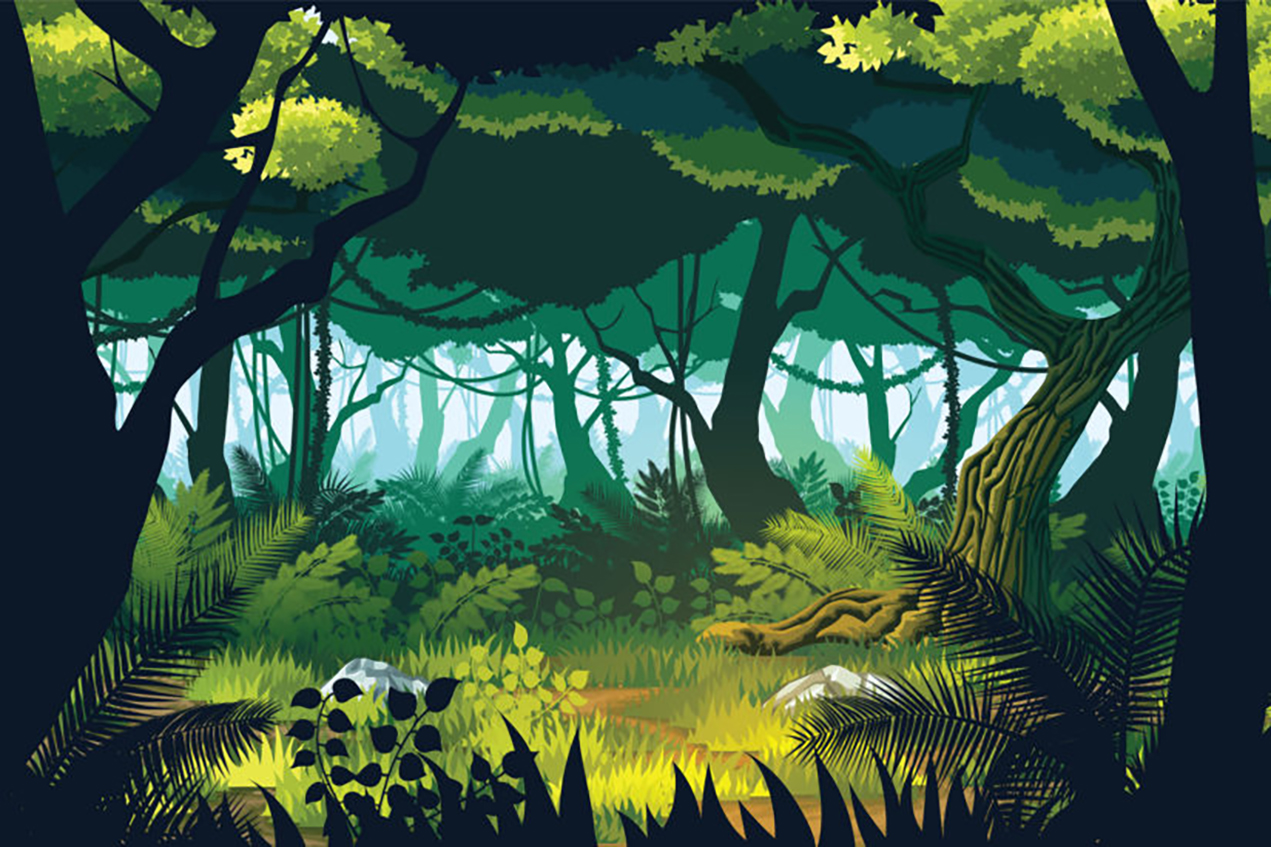As the world reels under the coronavirus crisis, might nature be trying to tell us something?
USC scientists say the COVID-19 pandemic and additional outbreaks over the last decade are linked to wildlife. Paula Cannon, PhD, Distinguished Professor of Molecular Microbiology and Immunology at the Keck School of Medicine of USC, specializes in how viruses are transmitted. She said it’s likely the coronavirus responsible for the ongoing pandemic originated with wildlife and then infected people.
“We are being reminded by nature that we are playing Russian roulette with the viruses out there,” Cannon said. “Humans are increasing the odds of disease happening as we move into wild areas and catch wild animals. We created the circumstances where it was only a matter of time until something like this happens, and it will only be a matter of time before it happens again.”
Scientists are not certain how this latest outbreak began and spread, but they believe the coronavirus likely originated in populations of horseshoe bats. Cannon said there’s strong evidence for this hypothesis and it’s the best explanation at present.
They pinpointed a marketplace in Wuhan, China, as the epicenter for the outbreak, where the virus may have first infected humans and then spread around the world.
While the market has been identified as a seafood market, live animals were also sold there — some as pets or for food. This close proximity with infected animals enabled the virus’s transmission to humans.
Similar outbreaks have occurred before, such as with Middle East respiratory syndrome (MERS) and severe acute respiratory syndrome (SARS) several years ago. Evidence suggests that MERS spread from bats to camels to people, while SARS likely occurred as a result of transmission from bats to civet cats to humans, Cannon said. Bats are also believed to be the original source of Ebola virus outbreaks that infected people in Africa from 2014 to 2016 and in 1976.
Scientists have found very strong genetic clues that COVID-19 originated with bats. Cannon said that’s because part of the coronavirus’s genetic code looks very similar to viruses found in bats. There’s also a signature resembling pangolin viruses, but whether pangolins had a direct role in transmission or were also victims of transmission from bats is unclear.
“There are hundreds of coronaviruses, and a large number of them are found in bats,” Cannon said. “Based on what happened previously with SARS and MERS and now COVID-19, scientists are very concerned that other viruses will one day make the jump from bats to humans. It may be once in 100 years that the alchemy is right to infect humans, but when it does, it takes off like wildfire.”
How wildlife trafficking could have contributed to COVID-19
Protecting human health and wildlife may depend on technology solutions, such as artificial intelligence. One USC researcher is wielding AI to curb wildlife trafficking — a practice that enables animal disease outbreaks to spread to people.
Bistra Dilkina, PhD, professor of computer science at the USC Viterbi School of Engineering, says that wildlife trafficking is a big problem. The trade is estimated to be a $5 billion to $23 billion annual business as animals are sold as pets, for their skins, or to be made into food and medicine. Apes, for instance, have been turned into bushmeat. Tigers have been sold as pets or for their skins and pangolins for their scales, as have bats, snakes, elephants, rhinoceros and exotic birds, she said.
Wildlife trafficking relies on local and transnational illegal supply networks. It degrades environmental and cultural resources, converges with other serious crimes, is linked to violence against both animals and humans, facilitates zoonotic diseases like coronaviruses that can infect many species and undermines sustainable development investments.
USC has launched a project targeting wildlife trafficking routes using AI. It uses data for models and algorithms to understand the supply chains of wildlife trafficking, to predict likely trafficking nodes and routes, and to decide where to interdict and deploy law enforcement in order to minimize the effectiveness and resilience of these illicit supply networks.
“AI can be used to make predictive models to locate hot spots of wildlife poaching and guide ranger patrols more effectively to stop poachers and save animals. This has been field tested to good effect in several protected areas in Cambodia and Africa,” she said.
The project involves several experts in supply chain management, criminology, operations research and computer science from several institutions, including Michigan State and other universities. It is funded by the National Science Foundation.
There are other benefits, too.
“Wildlife trade often involves other contraband, so there’s a co-benefit to disrupting drug trafficking, for example,” Dilkina said. “Also, while people might not have paid much attention to wildlife trading, you can see the role it plays in disease transmission, and that it potentially affects everything as COVID-19 has turned the world upside down.”
— Gary Polakovic


